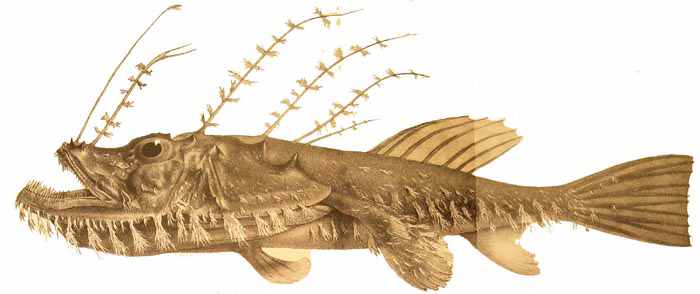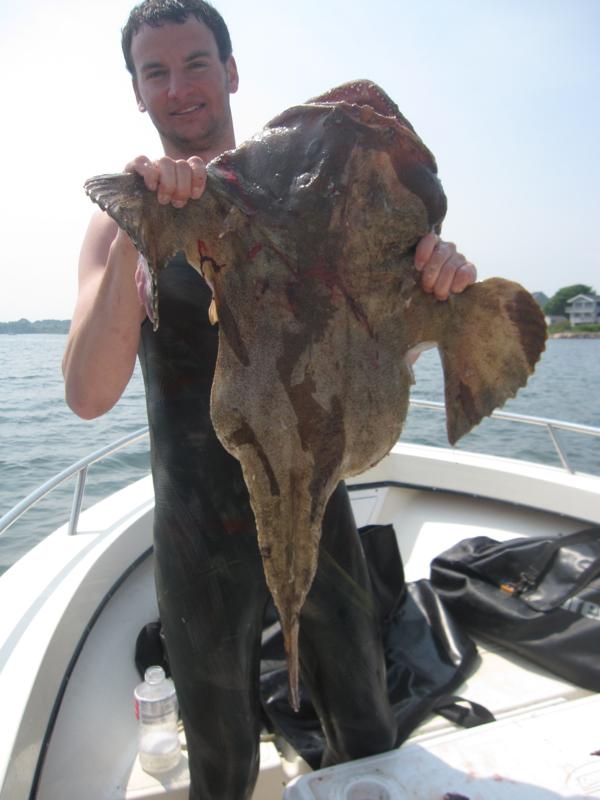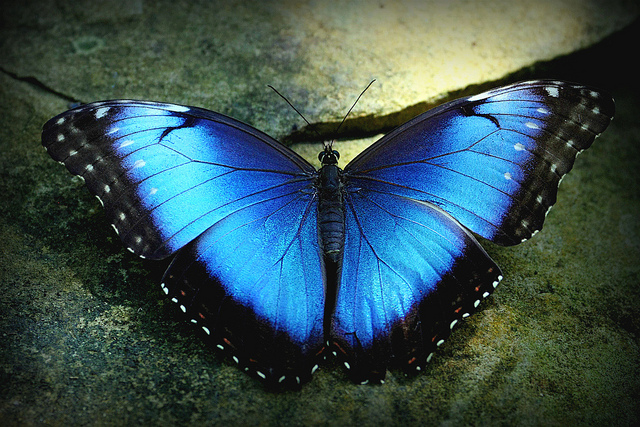Species File
Name: Lophius
Higer Classification: Goosefish
Rank: Genus
Lower Classification: Lophius americans, Lophius piscatorial
Nickname: Monkfish, Fishing-frogs
Description:
Lophius have three long filaments sprouting from the middle of its head. For those three long filaments, these are the detached and modified three first spines of the anterior dorsal fin.
Habit and Range:
The Lophius range extends along the eastern Atlantic, along the Norwegian coast of the south-western Barents Sea, down to the Straits of Gibraltar, It also includes the Mediterranean and Black Sea.it frequents the coastal, deep continental shelf regions, on the sandy or muddy sea bottom, at depths ranging from 20 to 1000 meters.
Role in system:
Lophius are not picky eaters. Lohius eat most fish in their surrounding area: cod, ling, redfish and sometimes krill or barnacles.
Reason for decline:
The main reason for lophius decline is human over-fishing. It totally affects their food chain within the ecosystem they inhabit. This is reason why it effected their population.
Cascading effects/Importance
Lophius is important based to the ocean food chain, over-fishing would be really effect marine animals to be extinct, same as video we saw for coral reefs. For exaplame, we might lose control population for cod, ling, redfish because of Lophius disappear.
Current Conservation Effort
Lophius is listed in the UK Biodiversity Grouped Species Action Plan for deep-water fish. The European Union (EU) has regulatory powers over commercial sea fishing for member countries but allows individual nations some flexibility in the application of the EU rules.
Source:
https://en.wikipedia.org/wiki/Lophius
http://icesjms.oxfordjournals.org/content/65/7/1272.full
http://www.fishbase.org/summary/5094















